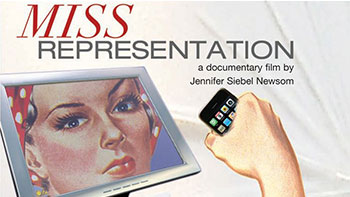Are the days of #OscarsSoWhite and #OscarsSoMale finally a thing of the past? We’re not so sure about that–but the Academy did announce new inclusion rules for one of their most coveted awards. Beginning 2024, films will have to meet two out of four new inclusion standards in order to be eligible for Best Picture. We dive into what those standards are and what they could mean for the future of representation.
After nearly a century of Academy Award ceremonies that mostly only represented white men, the institute has taken steps throughout the years to avoid yet another hashtag fiasco. While the Academy has been able to double the number of women members, increase its number of members from underrepresented racial backgrounds, and dole out awards to more diverse nominees–there’s still a lot of work that needs to be done. As a part of the Academy Aperture 2025, an initiative to increase representation on and off-screen, the Academy has made a big move to require that Best Picture nominees meet at least two of their new standards. These standards require that women, racial minorities, LGBTQ+ members, and/or cognitive/physically disabled people be represented in two of the four following areas:
- On-screen representation, themes, and narratives
- Creative leadership and project teams
- Industry access and opportunities
- Audience development and marketing
With only one woman-directed film ever winning Best Picture and last year’s category still mostly filled with white men battling masculinity in crisis, we hope that these new rules will help reshape the way we define “best.”
One of the most important things to note in regards to the Academy’s new Best Picture standards is that they will not be effective immediately. That means we probably won’t see a wave of more diverse contenders until 2024 when these rules will be implemented. We hope that won’t stop Hollywood decision-makers from getting a head start though!
Take Action! The box office may be closed for now but that doesn’t mean we can’t still show support towards inclusive films. Follow our #MediaWeLike for more films that are getting representation right!




